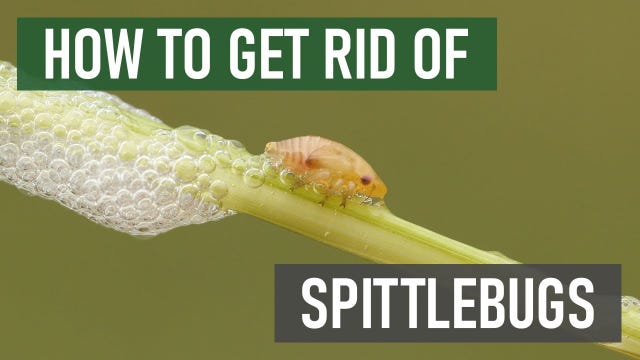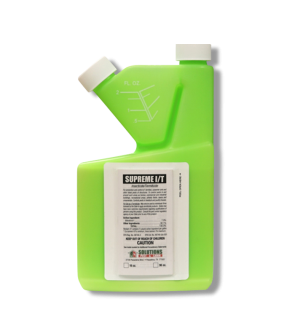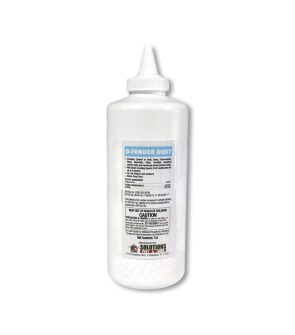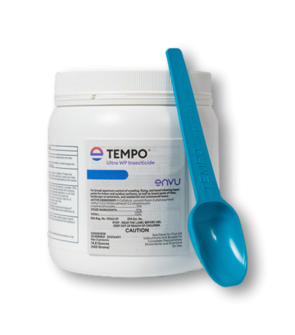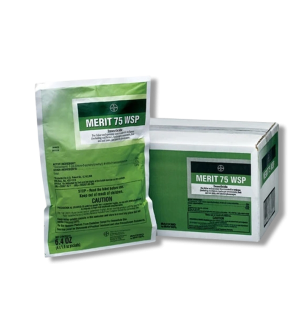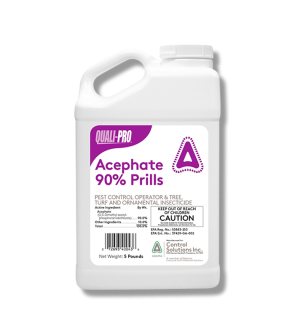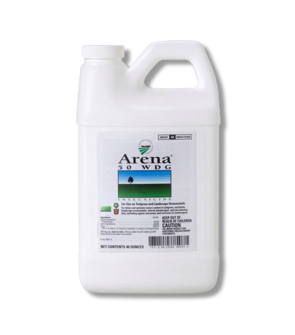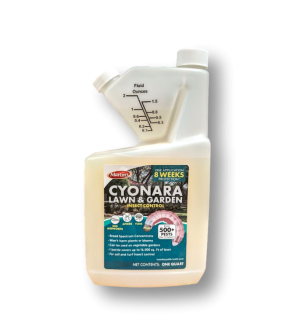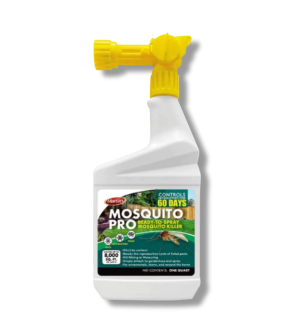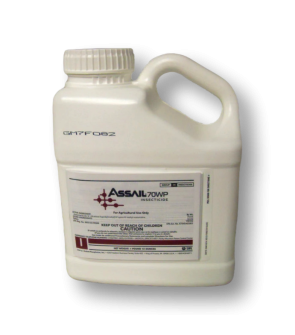Gain access to personalized product screening, the best pricing, rewards, and more!
Most Effective Products
Spittlebug Control: How To Get Rid of Spittlebugs
This page is a spittlebug control guide. Using the suggested products and methods, you will get rid of spittlebugs. Follow this guide and use the recommended products; we guarantee 100% control of spittlebugs.
Spittlebugs are tiny, plant-sucking insects that get their name from the frothy substance they release on plants that look like spittle. There are approximately 2500 different species of spittlebugs that have been discovered.
Spittlebugs are excellent hiders, often covering themselves with a foam-like substance to go into hiding. They secrete this solution from their backs and use the covering to withstand various temperature extremes, hide from predators, and keep their bodies moist. Spittlebugs hide so well that most homeowners only see their secretions and rarely see the bugs themselves.
The damage they cause is not very harmful to plants, but their shelters are a nuisance to get rid of. They can also infest turfgrasses, creating occasional browning and discoloration in the lawn. While the spittlebugs themselves are not very harmful, they are known to transfer bacteria to crop-producing plants, causing leaf scorch and halting crop production.
Nevertheless, removing the spittlebug shelters from your grass and plants can be annoying. Follow the step-by-step directions below to get rid of spittlebugs so your lawn and plants can stay green and clean throughout the season by using our professionally recommended products and tips.
Identification
Before you can apply pesticides, it is important first to identify the pest you are dealing with is indeed a spittlebug. Careless identification can lead you to use the wrong treatment methods, costing you money and time. Below are some identifying traits to know what spittlebugs look like:

- The easiest way to know you are dealing with spittlebugs is to look for their shelters. Spittlebug shelters are white, bubbly masses, usually 3/4 of an inch in size. These shelters are not spit they are producing. Its excrement.
- The spittlebugs are small, growing up to 1/4 of an inch in length. They have soft, elongated bodies that are tan, pale yellow, or green, and they have large eyes on the sides of their head.
- Spittlebugs are in the nymphal phase of the froghopper, a bug named because they resemble frogs and hop well. Adult froghoppers typically grow to about 1/3 of an inch in length. Their bodies are arched upward, similar to how a frog holds its posture, and they have enlarged hind legs for jumping.
- Froghoppers can often be confused with other insects like leafhoppers and treehoppers. Though similar, these are very different pests with different behaviors that will impact your approach to treatment. To tell these pests apart, leafhoppers have spines lining one or more pairs of legs. Froghoppers lack these spines and have stouter bodies. Treehoppers, on the other hand, usually have elongated pronotums that look like horns.
Use the description and image above to help you to identify a spittlebug on your property. If you are unsure, contact us with a photo of a sample of your pest through phone, email, or in person at one of our store locations. This way, we can help you properly identify your pest and offer appropriate product recommendations for control.
Inspection
Once you have properly identified spittlebugs, you can proceed with an inspection. In this phase, you will try to pinpoint the areas where spittlebugs are active, so you know where to focus your pesticide applications.

Where to Inspect
Start carefully inspecting your lawn and garden to see where the most spittlebug activity is. A few spittlebugs in your yard are normal, but note any large concentrations of pest activity.
What to Look For
Look for the spittle shelters and the bugs, both the nymphs and the adult froghoppers. If you notice patches of discolored grass, look for the bugs and their shelters towards the bases of grass blades.
Treatment
After identifying your pest and inspecting for activity on your property, it's time to start treatment. Before starting any treatment, wear your protective equipment (PPE) and keep all people and pets off the treated areas until dry.
Use Supreme IT Insecticide as a broadcast treatment to eliminate the threat of spittlebugs. Supreme IT will repel and kill spittlebugs from turfgrass, ornamentals, garden plants, and small landscaping bushes.
Step 1: Water Plants and Lawn

First, wash away any spittlebugs off shrubs, ornamentals, and turfgrass with water. Alternatively, you may wipe them with a damp cloth.
Water your foliage and lawn with less than an inch of weekly irrigation.
Step 2: Apply Supreme IT Insecticide To Yard and Ornamentals

Once the spittlebugs and their shelters have been removed, you can apply a long-lasting residual insecticide like Supreme IT. Supreme IT is a bifenthrin liquid insecticide concentrate that's labeled to control spittlebugs and more than 70 other pests.
This product must be mixed with water before application, so we recommend you mix and apply it with a handheld pump sprayer.
Before mixing your product, calculate your treatment area's square footage to determine how much Supreme IT you need. You can measure the length and width of the treatment site in feet then multiplying them together (length X width = square footage).
Apply 0.25 to 0.5 fl. oz. of Supreme IT in 1 gallon of water per 1,000 sq. ft.
Once your solution is evenly mixed, spray the top and bottom of ornamental leaves to the point of wet but not runoff.
Then, broadcast the solution evenly over your entire lawn. If applying Supreme IT, do not apply the solution to any plants grown for consumption. Allow the product to dry, and do not let any people or pets into the treatment area.
Once dry, Supreme IT will leave a residual chemical barrier that repels and controls pests for up to 90 days. Labeled pests, including spittlebugs, that come in contact with the spray or the residual will impact their nervous systems and eventually die in several hours.
Prevention
Once the spittlebugs have been eradicated, you do not want them returning to your yard. Some preventative measures you can take include:
- Adult froghoppers will lay their eggs in plant debris, so clean up leaf litter, regularly rake and dethatch your lawn, and pick up any fallen twigs and branches to keep your yard neat and free of any egg-laying sites.
- Avoid overwatering your garden and drain your lawn properly since standing water can attract pests. As mentioned earlier, if you can't wash away spittlebug shelters without overwatering your lawn, it is okay to wipe them off.
- Finally, keep up with regular pesticide applications to protect your yard year-round. With Supreme IT, you will want to make retreatments every 3 months for complete control.
Key Takeaways
What are Spittlebugs?
- Spittlebugs are tiny insects known to suck the sap of plants. They do minimal damage but are more of an annoyance due to their tendency to produce a foamy substance left on the plants they consume.
How To Get Rid of Spittlebugs
- Our top recommendation for spittlebug control is Supreme IT. First, you must water your plants and foliage to remove their shelters. Once this is done, you can apply for Supreme IT.
Preventing Spittlebug Reinfestation
- Preventing spittlebugs involves cultural methods of control (mowing, watering, general lawn care maintenance) and preventative applications of Supreme IT to keep the bugs away.






